Alex Goupilleau
SAS
Improving performance of aircraft detection in satellite imagery while limiting the labelling effort: Hybrid active learning
Feb 10, 2022
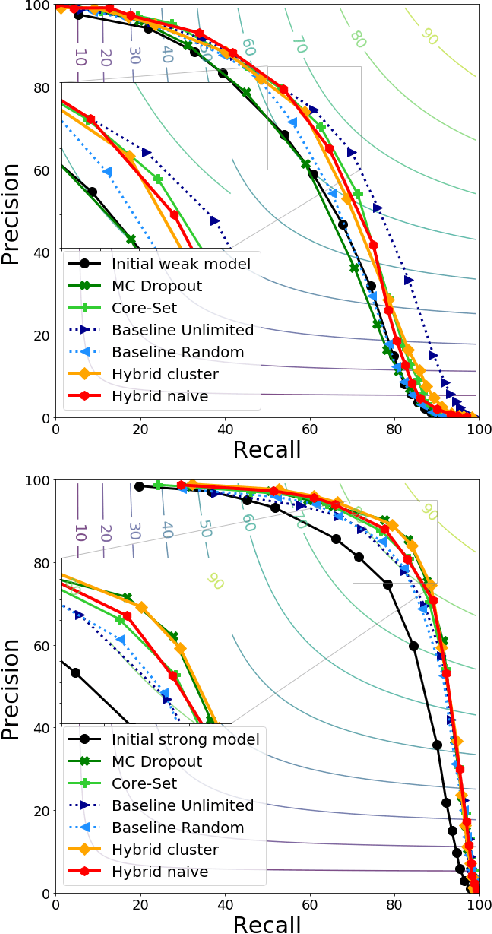
Abstract:The earth observation industry provides satellite imagery with high spatial resolution and short revisit time. To allow efficient operational employment of these images, automating certain tasks has become necessary. In the defense domain, aircraft detection on satellite imagery is a valuable tool for analysts. Obtaining high performance detectors on such a task can only be achieved by leveraging deep learning and thus us-ing a large amount of labeled data. To obtain labels of a high enough quality, the knowledge of military experts is needed.We propose a hybrid clustering active learning method to select the most relevant data to label, thus limiting the amount of data required and further improving the performances. It combines diversity- and uncertainty-based active learning selection methods. For aircraft detection by segmentation, we show that this method can provide better or competitive results compared to other active learning methods.
Active learning for object detection in high-resolution satellite images
Jan 07, 2021
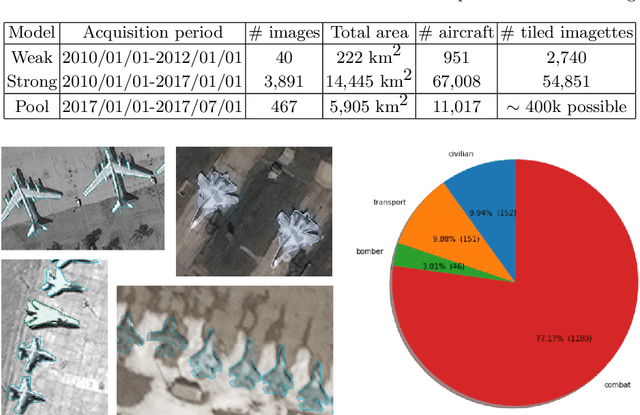
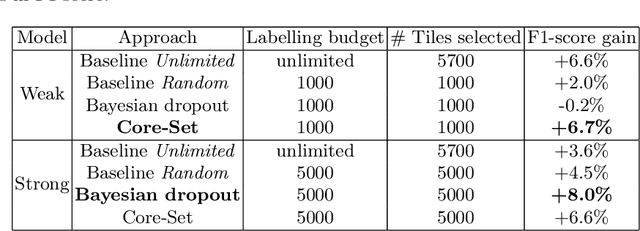

Abstract:In machine learning, the term active learning regroups techniques that aim at selecting the most useful data to label from a large pool of unlabelled examples. While supervised deep learning techniques have shown to be increasingly efficient on many applications, they require a huge number of labelled examples to reach operational performances. Therefore, the labelling effort linked to the creation of the datasets required is also increasing. When working on defense-related remote sensing applications, labelling can be challenging due to the large areas covered and often requires military experts who are rare and whose time is primarily dedicated to operational needs. Limiting the labelling effort is thus of utmost importance. This study aims at reviewing the most relevant active learning techniques to be used for object detection on very high resolution imagery and shows an example of the value of such techniques on a relevant operational use case: aircraft detection.
Concurrent Segmentation and Object Detection CNNs for Aircraft Detection and Identification in Satellite Images
May 27, 2020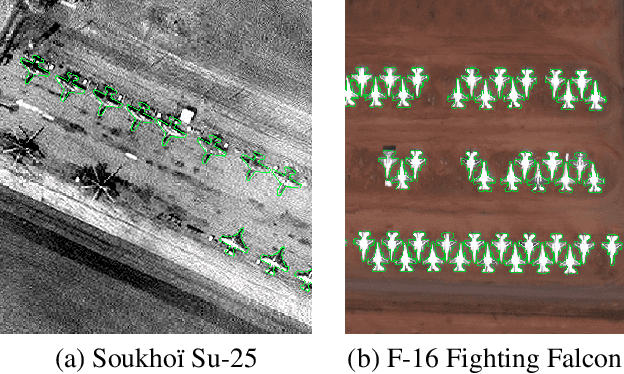

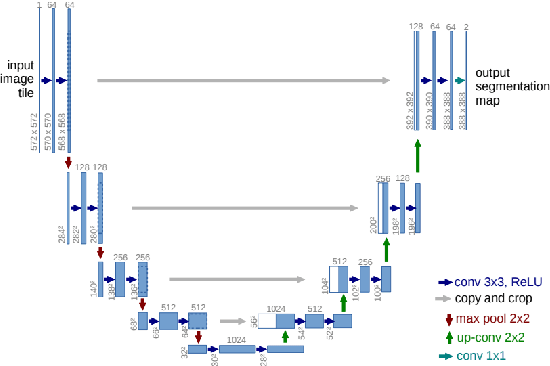

Abstract:Detecting and identifying objects in satellite images is a very challenging task: objects of interest are often very small and features can be difficult to recognize even using very high resolution imagery. For most applications, this translates into a trade-off between recall and precision. We present here a dedicated method to detect and identify aircraft, combining two very different convolutional neural networks (CNNs): a segmentation model, based on a modified U-net architecture, and a detection model, based on the RetinaNet architecture. The results we present show that this combination outperforms significantly each unitary model, reducing drastically the false negative rate.
 Add to Chrome
Add to Chrome Add to Firefox
Add to Firefox Add to Edge
Add to Edge